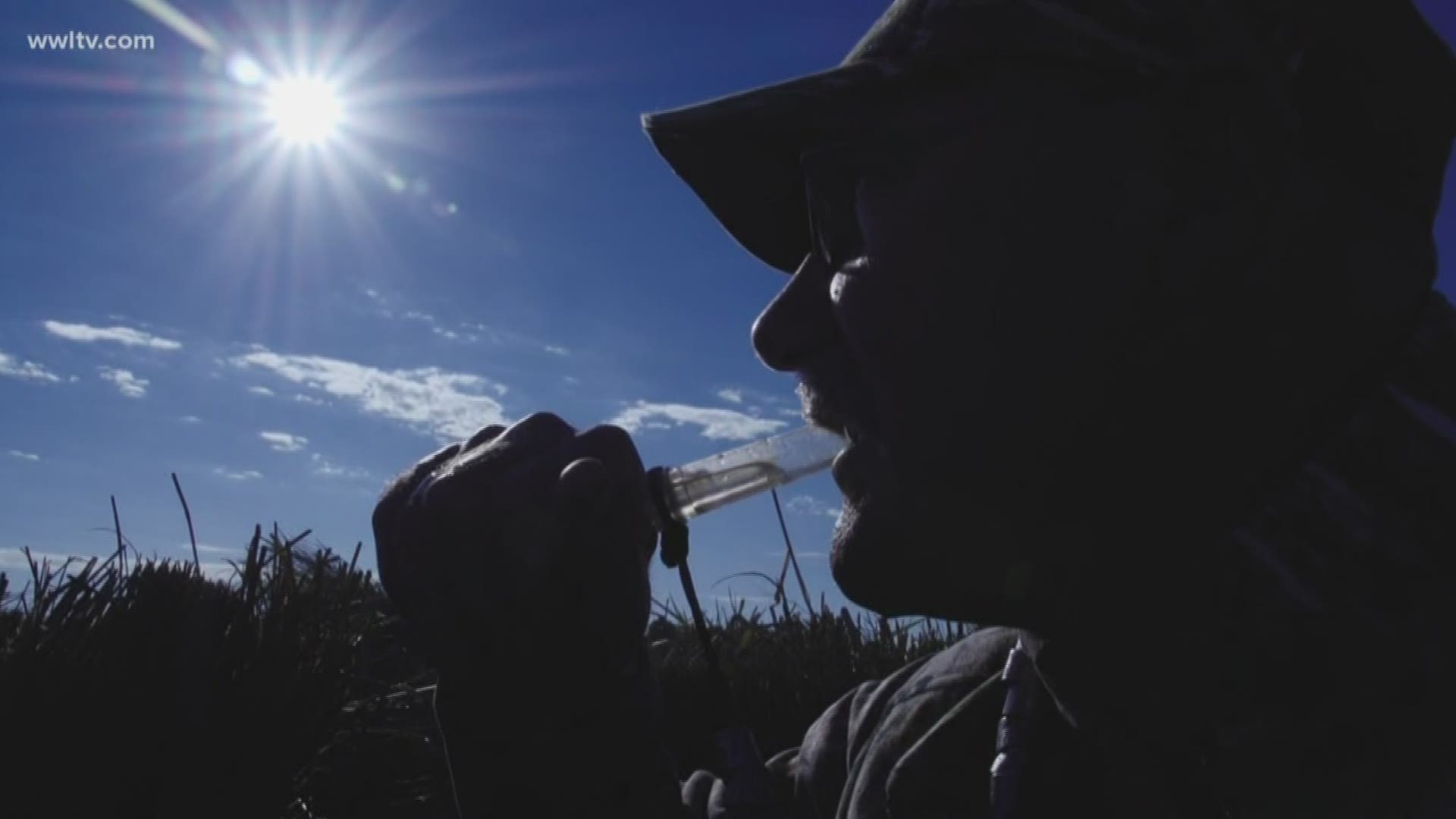The first of Louisiana's three duck hunting zones opens this weekend and because hunting is best when weather conditions are worst, marsh strandings and sometimes fatalities happen.
We visited the Search and Rescue Division of the U.S. Coast Guard to give you some tips on being a safe duck hunter and - if you ever should need it - how to prepare for a rescue.
"Usually with an aircraft rescue obviously there's a left seat and a right seat pilot, a pilot in command and a co-pilot," said Scott Talbot, U.S. Coast Guard SAR Mission Coordinator.
"For a rescue case, they'll have a flight mechanic aboard, a flight mech. And they'll also always, for a SAR (search and rescue) case, have a rescue swimmer which is a swimmer that you can deploy into the water in the event we need to put somebody into the water that will help the distressed people."
A good idea besides your personal flotation device is to put together a little kit of anything you might think might come in handy keeping you a survivor and helping find you during a rescue. Put it in a waterproof box called a ditch box.
"On the first pass, the boater's going to have no signaling equipment whatsoever. They're going to be in a camouflage boat, in camouflage clothing with no signaling equipment," explained Paul Bernard, U.S. Coast Guard Recreational Boating Manager.
"On the second pass, with about $5 of potentially life saving equipment in a survival blanket and a orange bandana," he added.

